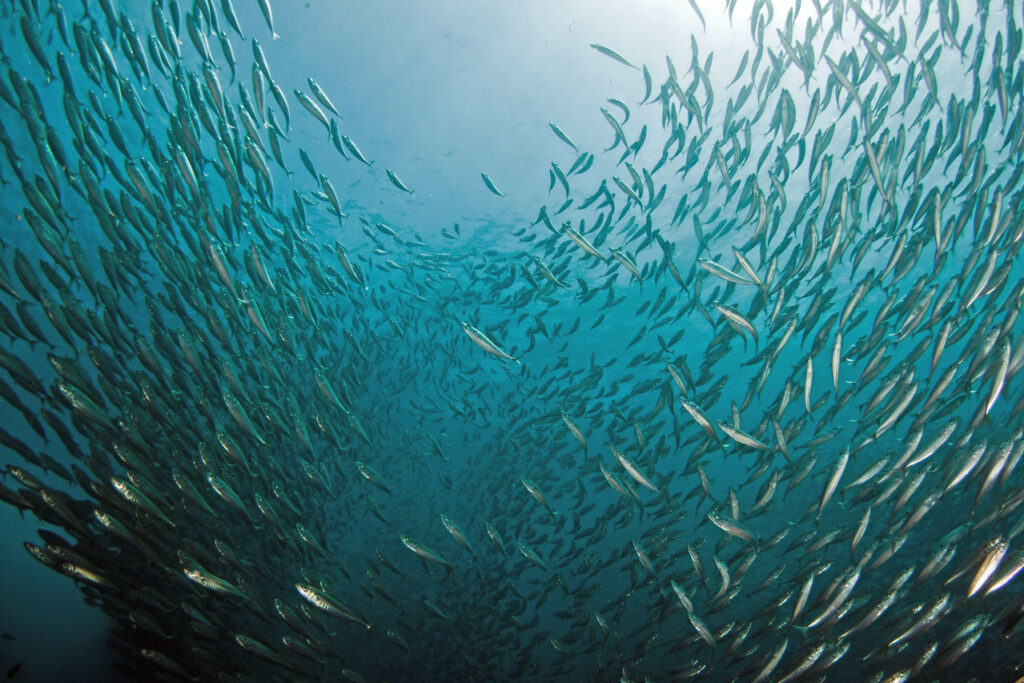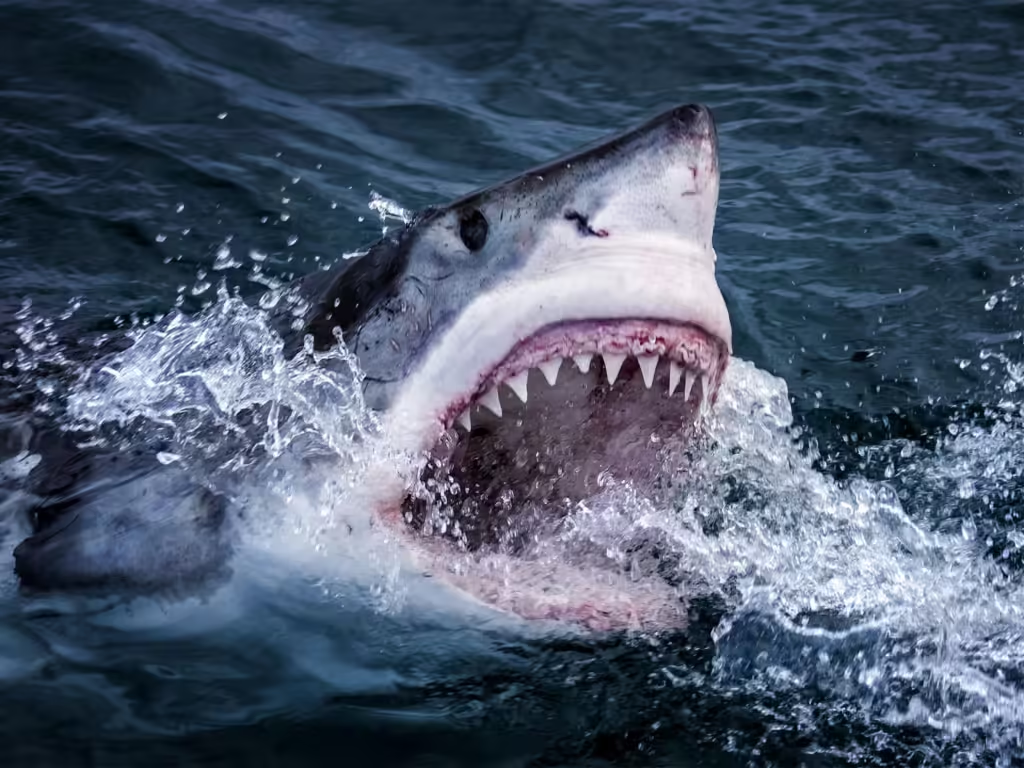Food & Climate
The major updated methodology of the State of Stocks Index (SoSI) highlights persistent challenges in key fisheries, particularly in Southeast Asia, where skipjack and yellowfin tuna face the impacts of climate change and overcapacity.
The Food and Agriculture Organization of the United Nations (FAO) today revealed the details of a major update to the methodology at the Honiara Summit in Solomon Islands (24-27 February), according to a statement that “Food & Climate” platform received.
FAO has been providing vital information on the state of world fish stocks regularly for several decades. This information, collected through the Stock Status Index every two years since 1971, has been published in FAO’s flagship report The State of World Fisheries and Aquaculture since 1995.
The analysis also reveals that small pelagic fish, coastal reef species, and sharks in Southeast Asia face significant declines due to overfishing, habitat loss, and weak enforcement. Compounding these issues is the limited access to reliable data which hinders effective stock assessment and management. Addressing these data gaps is critical to strengthening data collection, governance, and sustainable fishing practices across the region.
Yellowfin tuna in the Indian Ocean
According to data collected in a 2023 study, the Indian Ocean is the second-largest tuna-producing region globally, landing about 920,000 metric tons annually, or 21% of the world’s tuna supply, with an estimated value of $2.3 billion. Yellowfin, bigeye tuna (Thunnus obesus), skipjack and albacore (Thunnus alalunga) are the main species caught.
Although yellowfin tuna comprises almost one-third of the global tuna catch, in the Indian Ocean it’s been declared overfished for the past nine years and scientists have described the stock as being “in critical condition last year.” Yet countries failed to reach any agreement to reduce catches of yellowfin (Thunnus albacares) at the closely watched recent meeting of the Indian Ocean Tuna Commission, the intergovernmental body that regulates fishing for tuna and tuna-like species in the region.
Delegates did, however, adopt the first management measures for skipjack tuna (Katsuwonus pelamis) and swordfish (Xiphias gladius) fisheries, and took steps to rein in controversial fish aggregating devices (FADs), largely used by European purse seine vessels, which represent the biggest tuna fleet in the Indian Ocean.
The EU welcomed the important decisions reached during the 28th annual meeting of the Indian Ocean Tuna Commission (IOTC).

The Maldives, whose fleet mainly catches skipjack and yellowfin, also welcomed the overall outcome of the meeting.
The annual meeting took place in Bangkok from May 13 to 17, 2024 and involved delegates from 28 countries bordering the Indian Ocean or with tuna fishing interests there, and the European Union, according to “Mongabay“.
Areas 71 and 81
Besides details of the updated methodology, results from FAO Fishing Areas 71 and 81, both located in the Pacific, were presented. Full results will be published later this year in a Report on the State of World Fishery Resources, to be launched at the UN Oceans Conference in Nice, France.
Area 71, Western Central Pacific: a more accurate picture reveals urgent sustainability challenges
The Western Central Pacific, home to the largest number of artisanal and small-scale fishers globally, is one of the most complex regions for fisheries management. Covering the exclusive economic zones (EEZs) of 23 countries and territories, this area has long faced challenges in data collection and stock assessments.
Until 2021, only 43 stocks were assessed in this area; under the updated methodology, data from 265 stocks are now incorporated, providing a more accurate and representative picture.
Despite the challenges, the Western and Central Pacific Fisheries Commission (WCPFC) has played a critical role in ensuring the sustainable management of different stocks of key tuna species, including skipjack tuna, yellowfin tuna, albacore tuna, and bigeye tuna. These species drive the area’s tuna industry and remain sustainably managed thanks to science-based regulations, catch limits, and monitoring programs. Northern Australia’s shark fisheries also remain among the best-managed in the region.
In contrast to the sustainability picture in Area 71, a more comprehensive dataset and expanded stock lists reveal a stronger sustainability outlook for Area 81 in the Southwest Pacific, which includes the EEZs of New Zealand and part of Australia (the state of New South Wales), as well as extensive areas of high seas.
The updated methodology estimates that 85.5 percent of the assessed stocks are biologically sustainably fished, slightly higher than the 75.9 percent in 2021, when the old methodology was in use. The rise reflects an increase in the number of stocks evaluated – 166 rather than the previous 29 combined stock evaluations.
Area 81 shows a high variability in stock status. While some stocks, such as blue grenadier and rock lobster, are thriving, others like orange roughy and striped marlin remain overfished.

Some fisheries, such as the New Zealand scallop and pipi wedge clam, have been closed due to low stocks. As catch limits restore fish stocks and productivity improves, this region is setting a global benchmark for sustainable fisheries management.

